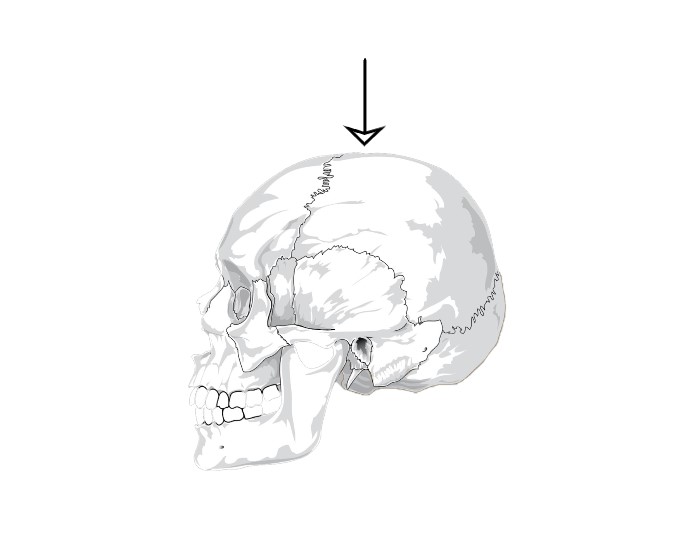Brachial Plexus Compression Test
Purpose of Brachial plexus compression test: To determine if applying direct compression to the brachial plexus causes radiating symptoms, suggesting mechanically elicitable cervical spine lesions. Patient position: Sitting upright or lying supine. Examiner position: Standing behind while the patient is sitting; Standing on the head side while the patient is lying supine. Procedure: Apply compression directly on the brachial plexus using the fingers or thumb. Outcome: The test … Continue reading Brachial Plexus Compression Test
